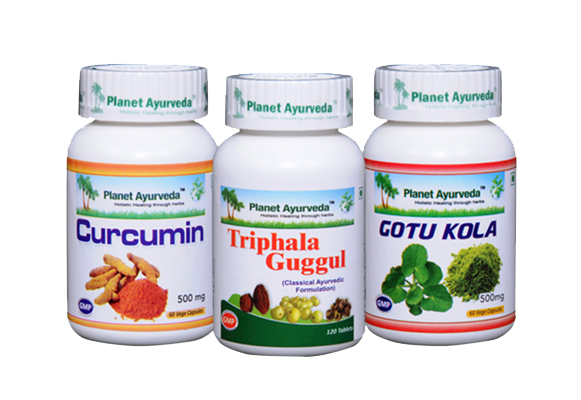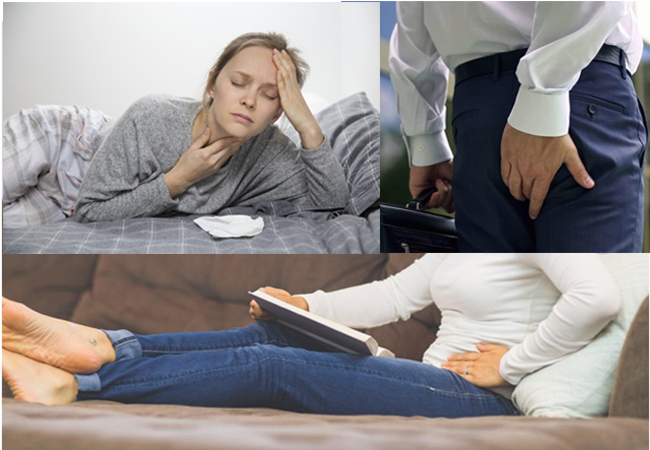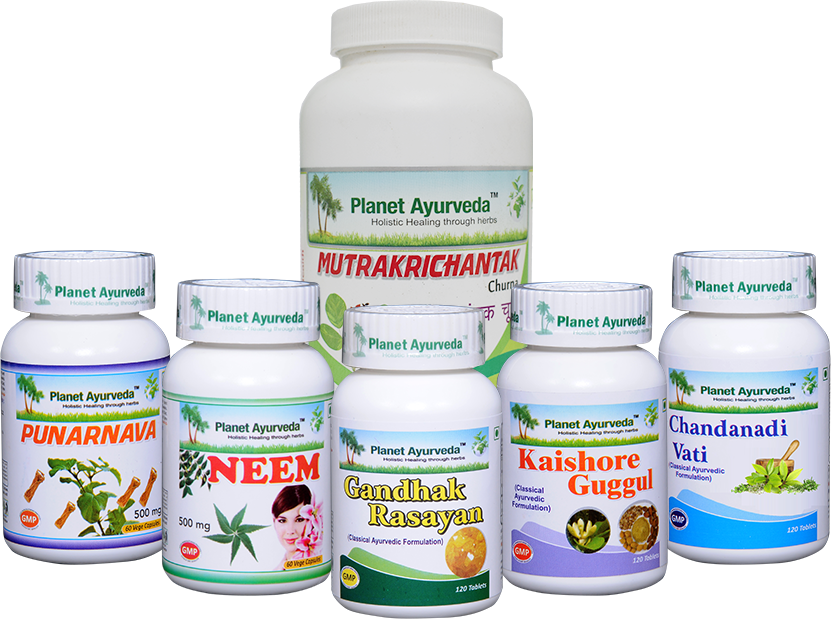Treatment of Dvt/ Varicose Vein (Sira Vikar) in Ayurveda
Abstract
The venous system in our body is a huge branching network of structures that carry deoxygenated blood away from the systemic tissues to the heart. It would not be wrong to say that beneath the layer of visible skin we have a huge spread meshwork of Veins, venules, capillaries, arterioles, arteries etc. Ayurveda has considered a total of 700 Sira (Veins) in the human body. Its massive expansion in the body is beautifully compared to the venation pattern of the leaves. Ayurveda believes the common origin of all the veins is Nabhi (the naval). It is from this point that the veins diverge in the upper (urdhva), lower (adho) and the diagonal (tiryak) directions.The vein being functional for an entire-time until the person lives, are vulnerable to the obvious wear, tear, and also the complicated pathologies. Ayurvedic correlation of the same can be made to Sira Granthi. This article discusses a very common venous pathology “Varicose vein”. This is a complete pathology in itself and is also a mere etiology for complicated conditions such as DVT. This article discusses the cause, pattern,sign-symptoms, pathology and management of this disease.
Introduction
Varicosity of the vein pertains to dilation, elongation and torsion of the vein. It is found commonly in the “superficial venous system of long or short saphenous”, “esophageal varix”, “hemorrhoidal veins”,”spermatic veins” etc.

The venous drainage in undertaken via
- Deep Veins
- Superficial Veins
- Perforating or connecting veins
1. Deep veins
Anatomically these veins are located in the close proximity to arteries.These have a better build-up of veins in them which directs the flow of blood upwards and prevents its regurgitation due to gravity. Examples of such kinds of veins are- Peroneal vein,popliteal vein,tibial vein,femoral veins etc.
2. Superficial Veins
These veins lie between the skin and the deep fascia. It is found where the subcutaneous fat is seen. Examples of subcutaneous veins are Long (begins in the medial marginal vein of foot and ends in the femoral vein) and Short (begins in the lateral marginal vein of foot and ends in the popliteal vein) Saphenous veins.
Perforating or communicating Veins
These veins join deep veins to superficial veins.These veins have a good build-up of valves that prevent the backflow of blood from superficial veins to the deep veins. It is due to the failure of these valves that the blood retrogates back to the superficial veins and causes “Varicose veins”.
Etiology
There are many factors that are causative to varicose veins and they are
- Prolonged standing– When a person occupationally or habitually stands for really longer durations,his blood in the lower limbs pressures ( due to gravity) against the valves.This dysfunctions valves and brings the retrograde flow of blood.
- Obesity– Adiposity or the fat accumulation offers poor support to the veins.
- Gereatric Degeneration– In old age the vein walls experience atrophications which makes them incompetent.
- Athletes– Due to over activity the veins get exerted pressures by the contractions of calf muscles which forces blood in reverse direction through perforating veins. This brings destruction to the Valves and causes “Varicose veins”.
- Pregnancy-The pregnant state is accompanied with the release of progesterone hormone which brings dilatation and relaxation of the veins of the lower limb (most common in the first trimester of pregnancy). The pregnant uterus also puts more pressure over inferior vena cava which becomes a reason of obstruction in the normal flow.
Types
There are three different types of Varicosities
- Primary varicose veins– This type is mainly a result of valve failure. For example a pathology in a saphenofemoral valve causes varicosity in long saphenous veins.
- Secondary varicose veins– This type of various vein is due to some obstructions such as physical growths (tumours, fibroids,cysts), DVT, progesterone (in multiparous), arteriovenous fistula etc.
- Congenital varicose veins– This type is majorly seen among the children less than 20 years of age.The reason may be arteriovenous fistula ,haemangioma etc.
Clinical Features
Below are the clinical features of DVT
- Fatigued aching legs
- Severe pain while walking
- Tortuous and dilated veins
- Swollen ankles
- Pigmented skin associated with itching
Investigations
Following investigations should be done to rule out DVT
- Venography ( X ray of veins after an injection of a dye)
- Doppler Ultrasound(to measure the amount of blood flow)
- Photoplethysmography( to see volumetric changes of the blood )
- Duplex ultrasound (an imaging of blood flow and the vessels)
- Local examination tests like Brodie Trendelenburg test,Tourniquet test,Perth’s test,Cough impulse test,Fegan’s method test etc.
Complications
If the disease is not treated in the first place that can cause severe complications in the later stages of life. It might cause “Thrombophlebitis”, “Pigmentation”, “Eczema”, “Venous ulcer”, “ Hemorrhage”
Treatment
- Palliative management– The use of long stockings all day long (not in the night) and practising the exercises such as cycling of feet while lying down on the back.
- Operative treatment-Several operative procedures such as Ligation (of long saphenous vein), Ligation with stripping,Sclerotherapy or Fegan’s injection therapy,Radiofrequency ablation ,Endovenous laser surgery etc are performed.
Deep Vein Thrombosis
If the pathology like varicose veins is not treated properly then it might result in the severe complications such as “Deep Vein Thrombosis”or Phlebothrombosis. The predisposing factors of DVT are stasis, increased blood coagulability, and injury to the vascular wall. Varicose veins and several other causative factors such as minor injuries, visceral cancer, surgery, diabetes, pregnancy, infection, obesity, use of contraceptive pills are contributory to hypercoagulation of the blood thereby leading to the condition of “ Venous thrombosis”. Venous thrombosis may be superficial or deep. Buerger’s disease and visceral cancer can cause visible Trousseau’s sign of superficial venous thrombosis.
Deep Vein Thrombosis or Phlebothrombosis is a condition in which the thrombus is loosely attached to the vein wall from which the emboli displaces causing fatal pulmonary embolism.
Clinical Features of Dvt
- This condition may be asymptomatic for the majority of the patients.
- A severe aching pain at the site of thrombus can be felt. This usually aggravates standing.
- Minimal inflammation too can be seen.
Physical Findings
- Physically swelling, tenderness is visible
- Homan’s sign is positive- In this test on dorsiflexion of the foot, the calf veins that are thrombosed, pains.
- Mose’s sign is positive- In this test the calf muscle on being squeezed, pains.
- Lab investigations such as Phlebography, plethysmography, Doppler ultrasound and Duplex ultrasound can confirm DVT findings.
Management of Dvt
Prevention
- Venous intimal injury and hypercoagulability must be avoided in any form.
- Leg must be elevated above the level of heart.
- Exercises like plantar flexion can be beneficial considerably.
- Elastic stockings must be worn.
- Bed rest is advised ( it prevents thrombus emboli from spreading)
- Sitting and standing idly should be avoided.
Medications
- Anticoagulants such as heparin ( should not however be discontinued abruptly)
- Coumarin derivatives such as warfarin
- Fibrinolytic drugs such as streptokinase ( converts plasminogen into plasmin)
Surgery
- The affected vein is by- passed if possible.
- The vein if larger (such as vena cava, iliac vein) can be repaired via prosthetic material.
- Venous transplant
- Venous thrombectomy
- Insertion of umberally filter (this prevents pulmonary embolism)
Ayurvedic Understanding of Varicose Veins
The probable correlation of varicose vein can be made to the concept of Sira Granthi in Ayurveda. Ayurveda considered the vitiated Vata dosha the main culprit behind this pathology. Vitiated vata increases the pressure over valves and hence dysfunctions them. It also distorts the elasticity of veins.
Ayurvedic Management
Ayurveda manages this pathology by balancing the vitiated Vata doshas. It makes use of Vatrakt chikitsa, abhyanga(massage),dhara,Sira vyadha and leech therapy.There are several herbs provided by our mother nature that can be very beneficial (due to their ras,gun,virya,vipak) against these diseases.
Herbal Remedies for Varicose Veins
Planet Ayurveda has made use of ancient wisdom and has come up with very effective results against fibroids. Planet ayurveda is a globally emerging herbal manufacturing hub that formulates herbomineral /herbal formulation that are obtained from 100% natural sources with strict adherence to ayurvedic texts and principles .These herbal medications are being made under strict vigilance and guidance of expert ayurvedic physician using ancient time tested formula.
Planet Ayurveda offers a Varicose Vein care pack which includes the following
- Gotu kola Capsules
- Curcumin Capsules
- Triphala Guggul
Products Description
1. Gotu kola Capsules
This formulation is made up of pure standardized extract of Mandookparni (Centella asiatica) which supports healthy blood circulation. The effective action of balancing the vitiated tridoshas in the pathology behind varicose vein brings enormous relief. This drug also balances the psychic energies and alleviates the stress (which is a major causative factor behind the further compilation such as DVT)
Dose- 1 Capsule twice a day
2. Curcumin Capsules
This formulation has standardized extract of Curcuma longa which works amazingly over inflammations, pathogenic infestations, pain etc that could be associated along with varicose vein or the thrombotic embolisms.
Dose-1 Capsule twice a day
3. Triphala Guggul
This formulation has
- Emblica officinalis (Amla)
- Terminalia billerica ( Bibhitaki),
- Terminalia chebula ( Haritaki)
- Piper longa(Pippali)
- Purified Commifora mukul( Guggul) in it.
This formulation boosts metabolism,flushes toxins out of the body and pacifies the inflammation.
Dose– 2 Tablets twice a day
Conclusion
This pathology is very severe but unfortunately goes unnoticed for the majority of the time. Nowadays stress has become an inevitable part of everyone’s life, and this stress is the major hypercoagulability factor. Stress should be reduced to minimal levels and then accordingly its management should be advised.





